Interview with Shelley Brown – Fashion & Beauty Editor, The Knot
Shelley Brown is the Fashion & Beauty Editor at The Knot. The interview for this feature was conducted over bunch together at Freds. I met Shelley at an IVY event last Fall, and we became fast friends! Learn about her career path and current position below:
Walk me through your career path.
I was the lifestyle editor of my college newspaper. I went to UCLA, and since they don’t have a Journalism major, I majored in English. It’s interesting that they don’t have a journalism major because they have one of the best college newspapers in the country. While I was working with the newspaper, I discovered I wanted to pursue journalism as a career. I interned at LA Mag and freelanced at Flaunt Magazine.
I realized I was missing some parts of journalistic education since I was learning by doing rather than getting knowledge from mentors or professors. I decided to go to graduate school at NYU and get my masters in Journalism. During this time, I interned at Oprah Magazine and Lucky Magazine. After graduation, I started working at Paste Magazine, which is a small, indie magazine that wanted to grow their fashion audience.
I did a bunch of Q&As with musicians asking about their fashion inspiration. I also created general Arts content and edited fashion stories for them. From there, I started working at The Knot. I started as a Fashion Assistant, was promoted to Associate Editor and now am Fashion and Beauty Editor.
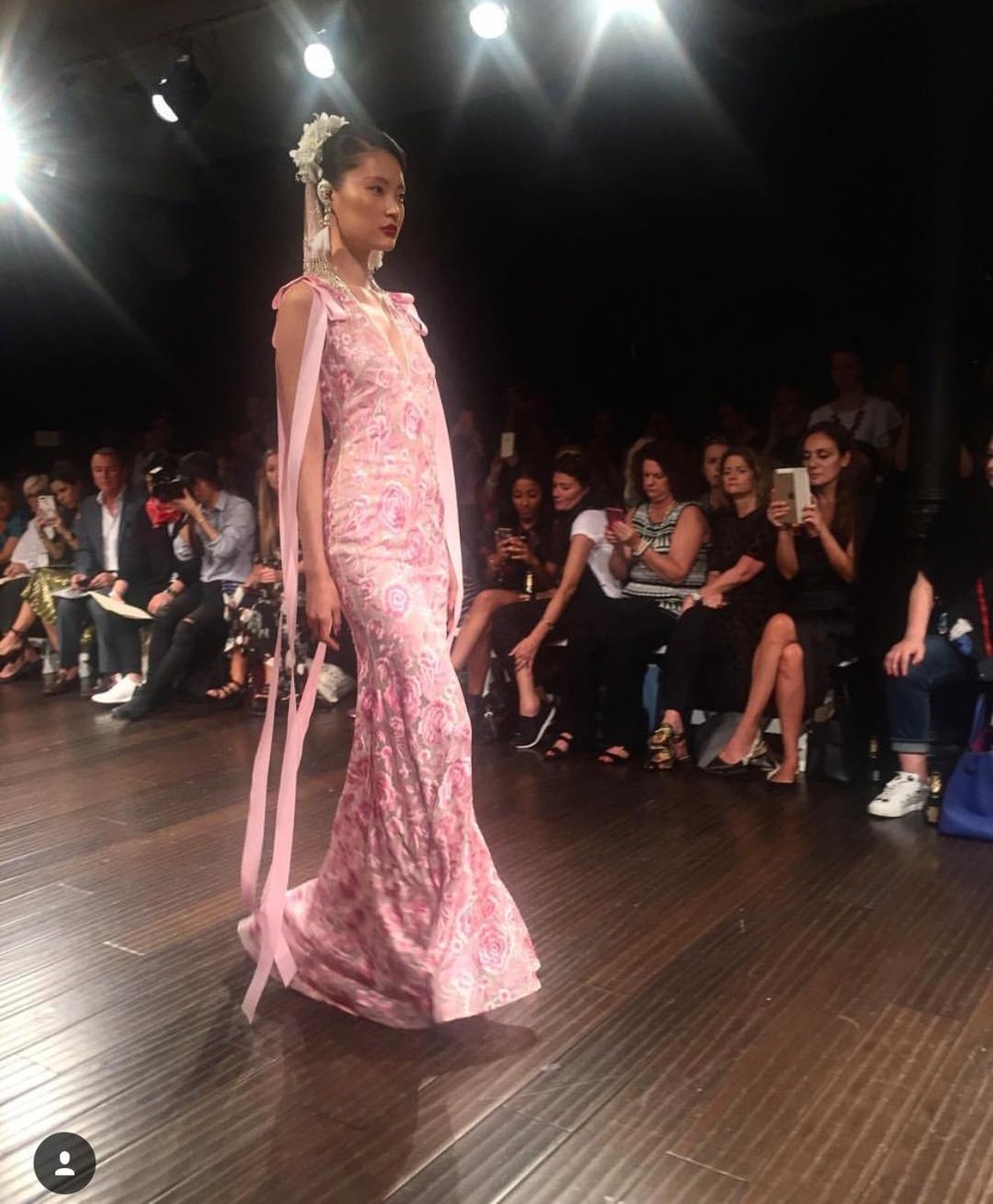
Did you always want to be a writer/editor?
Yes, I was an editor for the college newspaper, and discovered that I really liked it. Working as a newspaper editor is a different experience than working as a magazine editor, and I’m glad to have experienced both. I liked being able to both ideate and edit other people’s pieces. What I do now is the perfect combination of all of my skills.
I pitch and do the market work for fashion shoots and the cover. I am responsible for all of our fashion content, runway, accessories and beauty coverage. I love all of these topics and it’s hard to choose just one. My role is satisfying and never boring, and I love that my job allows me to meet with jewelers & fashion designers.
I’ve always loved magazines. I subscribed to Vogue & Allure in my early teens. I poured over the pages and was enchanted by the work I saw. I wanted to test the waters and see what it would be like to work as a journalist. Since there wasn’t a formal Journalism major, working for the school paper was the perfect way to do that. I applied and ended up in a lifestyle role in the Arts & Entertainment section of the paper where I covered fashion events on campus.
This experience was a great gateway for me. When I graduated, I realized publishing in L.A. was small & specific and the kinds of publications I would want to work for were in New York. I needed to go there to get the kind of experience I wanted and also I wanted to go to a reputable graduate school for journalism.
Walk me through the process of putting together an issue for The Knot. How far in advance do you start working?
Print is long-lead. We are a quarterly magazine, so we work far in advance. For example, in April, we set the lineup for our Fall issue which hits stands at the beginning of September. We have a skeleton of a lineup and have franchises that we do every issue. For Bridal Fashion Week, we know we will feature runway coverage and interview someone of note in the industry, whether it’s a designer or wedding planner.
We go through as a team and fill out the lineup with our ideas for the upcoming issue. Once they’re approved, we start executing them. I schedule my run-throughs for the fashion features and the cover shoot, and have the art team sign off on the pieces I want to shoot. I call in the samples and we do a run-through in-person. Once all the product is approved, then we shoot it. We usually attack the easier stories first.
For our fashion feature, we want it to come from Bridal Fashion Week, so we have to see the shows first to pinpoint what we know we want to feature. We usually knock out all still lifes and accessories shoots beforehand and shoot the cover later.
Are stories assigned to you or do you pitch them?
I’m pitching stories that make sense within our franchises. For example, I know I’m going to do a honeymoon style story. Where do I want to do it? Croatia, Iceland, Cuba? The location is my decision, as is all market work to execute the story.
How often do you travel?
I travel for market events. We go to Barcelona Bridal Fashion Week in Spain. I go to Las Vegas once a year for JCK. I also travel to shoot our regional magazine cover because we shoot it in an outdoor green space in order to make it look regionally neutral.
What does fashion week look like for you?
Bridal Fashion Week is essentially 9am-10pm every day for a week of back-to-back shows. I take notes of trends, collaborate with our social media team to ensure we’re getting the coverage that we need and work with the digital team to make sure we publish galleries of runway images.
At the end of it, I write the trend and runway report that appears in print. The day after market is officially over, I print out dresses that illustrate the trends I’m discussing and do a formal run-through with the art team to narrow down what we want the coverage to look like.
Our video team does most of the backstage coverage. I go backstage to say hello to the designers I know and congratulate them, but I’m not spending a lot of time back there. It’s such a hectic time for the designers, I try and stay out of their way as much as possible.
Walk me through the process beginning to end for an article.
We have a lineup meeting where I pitch all my ideas and the Editor-In-Chief signs off. Next, I have an art meeting where we discuss what I’ll be talking about on each page. They tell me what they need from me: headshots, high-res images, actual samples, etc. Then, we have a layout review after I’ve completed any interviews or market work.
The art team puts it into a layout, they show the Editor-In-Chief and we make any necessary tweaks. Once it goes into layout officially, it comes to my desk as a proof in “First.” First is where I write to fit if I didn’t write a manuscript. I add credits, captions and sign off. I pass it to my Deputy Editor who edits it and passes it back to me. I then make any edits and pass it to Fact Check and Copy Edit.
They pass it to Design, where all the text is fit and the final images are placed. It comes back to me in “Final” and I review it once more. I pass it back to my deputy editor who makes her edits, passes it to my Editor-In-Chief, and it comes back to me one last time for any final changes.
Do you write for both the magazine and website?
I used to do both. Now, because of our comprehensive social and digital goals, I only write for print. I contribute to digital when they need me. For Bridal Fashion Week, I write all the trend reports. If they need first-person beauty coverage (trying out a product and reporting on it, etc) or trend reports, those also come from me. However, my main focus is print.
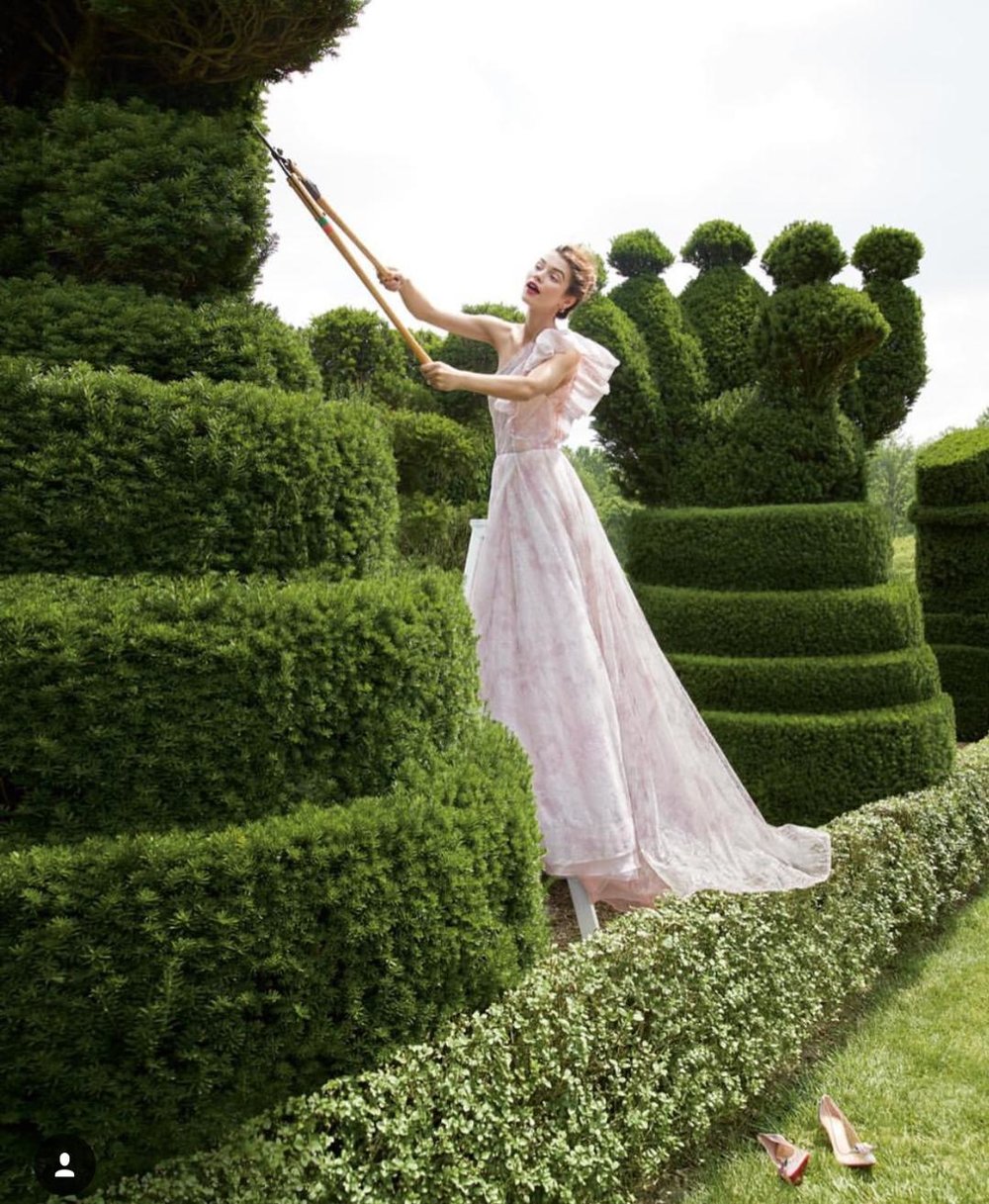
What does your day-to-day look like?
Usually my week is going to press previews in the morning for fashion and beauty. I have meetings for the issue I’m working on or desk time to pull market work and organize logistics for upcoming run-throughs. I’ll be writing stories, passing stories, managing my assistant, coordinating returns and executing product call-ins for shoots. There are a lot of different things happening in a day.
Tell me about your role with events.
It depends on the volume of events happening. My assistant and I usually split them up. I may have a beauty event in the morning, and a fashion event at night or vice versa. If we’re closing an issue and have a lot of pages to pass quickly, I’ll decline everything I’m invited to unless it’s incredibly important. Print deadlines are serious.
What have you done to set yourself apart?
When I first started, I learned the designers I would be dealing with, who was sales priority and who the edit team thought was interesting. Bridal is such a niche, most of the designers names were new to me and I didn’t know a lot about menswear or formalwear. I studied who the designers were, their aesthetics and who partnered with us.
For fine jewelry, it was a crash course in learning all the technical details: the four Cs (Cut, Clarity, Carat, Color) and stone shapes, settings, what’s a halo, what’s a shank/split shank, etc. Learning the technical knowledge was really important. It’s important to establish that when people come to me for a jewelry or a fashion story, they know I’m an expert.
It’s not just about having a good eye and pretty taste, you need to know what you’re talking about. It’s important to establish that the information you get from jewelers and designers is safe with you and they can trust that you will interpret it correctly.
Having a positive attitude is also so important. Since we all have so much on our plates and there are so many demands asked of us all day long from lots of different places, you need to approach your role with a positive attitude. You need to be collaborative and easy to work with.
It’s apparent on a small team if you’re not easy to work with, and it affects your work and the mindset of the entire group. Email etiquette, presenting yourself in a professional way and a positive attitude are all important. It’s easy to underestimate the impact these things have.
What are the pros and cons of your position?
Pro: getting to be in charge of my own creative vision and decisions. I pitch the fashion features and choose the dresses, and it’s exciting to watch it come to life. Being able to touch all of my fields of interest is great and I’m never bored. My role also requires a lot of collaboration. I work with the art department who hires the photographer and any on-set stylists. I work with an amazing team of people and I really enjoy working with them.
Con: because I do touch so many different markets, I have a lot of work to do. I have to balance a lot of contacts and events in different fields, which can be overwhelming. It can be challenging to make the most of every day. Another challenge for me has been going from an assistant to the head of my department in the same company. People remember you as an assistant so learning to fake it ’till you make it and having the confidence to own your role and assert yourself is necessary.
I had to learn to be more authoritative, which was hard for me. Imposter Syndrome is so prevalent (especially among women) and it can make you feel like you aren’t worthy and you don’t deserve recognition. But you really do, and you wouldn’t be doing this fantastic work if you didn’t. It’s so important to believe that you deserve to be there and that you bring something to the table, even though it can be a challenge to always feel that way.
What has been your favorite experience working at The Knot?
When our issue hits stands, being able to send the beautiful work we’ve done and get the designer’s feedback. Also, I love Bridal Fashion Week and am so inspired by what I see on the runway.
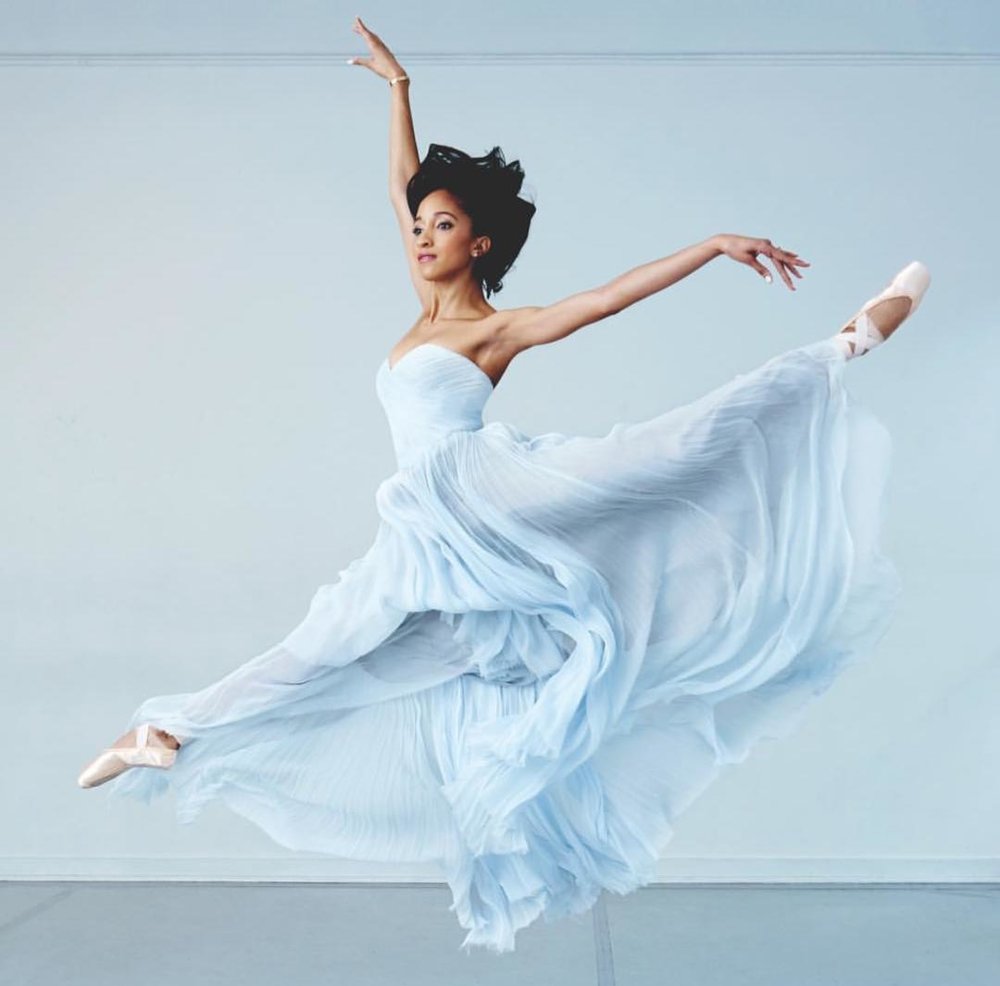
How have you learned to be a writer?
I kept a journal growing up and was always a voracious reader, which I think is important when it comes to writing.
What do you think about print vs. digital?
I think both serve specific purposes. It’s fulfilling to report on something and have it appear digitally which brings an element of instant gratification. There is a tactile experience associated with print that I don’t think everyone understands. Having a fashion feature on a big glossy page is much easier to see than when it’s a jpg on a little screen. It’s just not the same experience.
It is especially important for brides to see a dress or outfit in great detail. It’s interesting to figure out how to survive and be relevant at a time when everyone is glued to their phone. I don’t think people have figured out how to translate the sexiness of a big glossy page onto the screen. Fortunately, bridal is a niche because when women get engaged they still and go out and buy a bunch of bridal magazines.
How big is your team?
The editorial team is around 40 people. There are 300 people in the NY office, but the company has a little over 1,000 employees. We are a tiny, but mighty team. It’s important to be a jack-of-all-trades and leverage all of your skills.
When things are coming down the runway, what are you doing?
I’m taking pictures, notes, looking out for trends, thinking how would I shoot this, would this be a cover, thinking about upcoming stories and if any of the pieces featured would work for that. I’m checking a lot of boxes, for example, this should be our runway report opener, this would be a great cover, this would work for this story, this is the perfect example of this trend I’m seeing, etc.
What is the art department’s role?
They do photo research for stories, source weddings to feature, hire photographers and design the pages. When we do fashion features, the art team directs the shoot. It’s a highly collaborative process.
What is set like?
If it’s in the studio, it’s not as heavy of a lift because we aren’t wandering around a property trying to scout locations. If we are on location, we spend the morning scouting where we want to shoot. I dress the model and make sure everything fits correctly and style out each look with accessories.
As we shoot the dress, I’m checking to see if there’s something that needs to be corrected or called out. I give the art director my feedback on how the shot is looking and my thoughts. My assistant and I record credits, take pictures of everything that’s shot and make sure it all matches up. At the end of a shoot, we pack up the fashion product and messenger it where it needs to go.
Depending on the shoot, a still life could take 4 hours. If it’s a fashion feature, it could take two days or at least a full 12 hour day. Some of it is manual labor, which is a huge misconception that people have about fashion. It can be glamorous, but a lot of it is being on your hands and knees, ripping open boxes, steaming dresses, taping things back together, invoicing diamonds, making sure you don’t loose anything. Numerous times I’ve lugged hundred pound trunks, racks and dozens of bags around town. It’s the life!
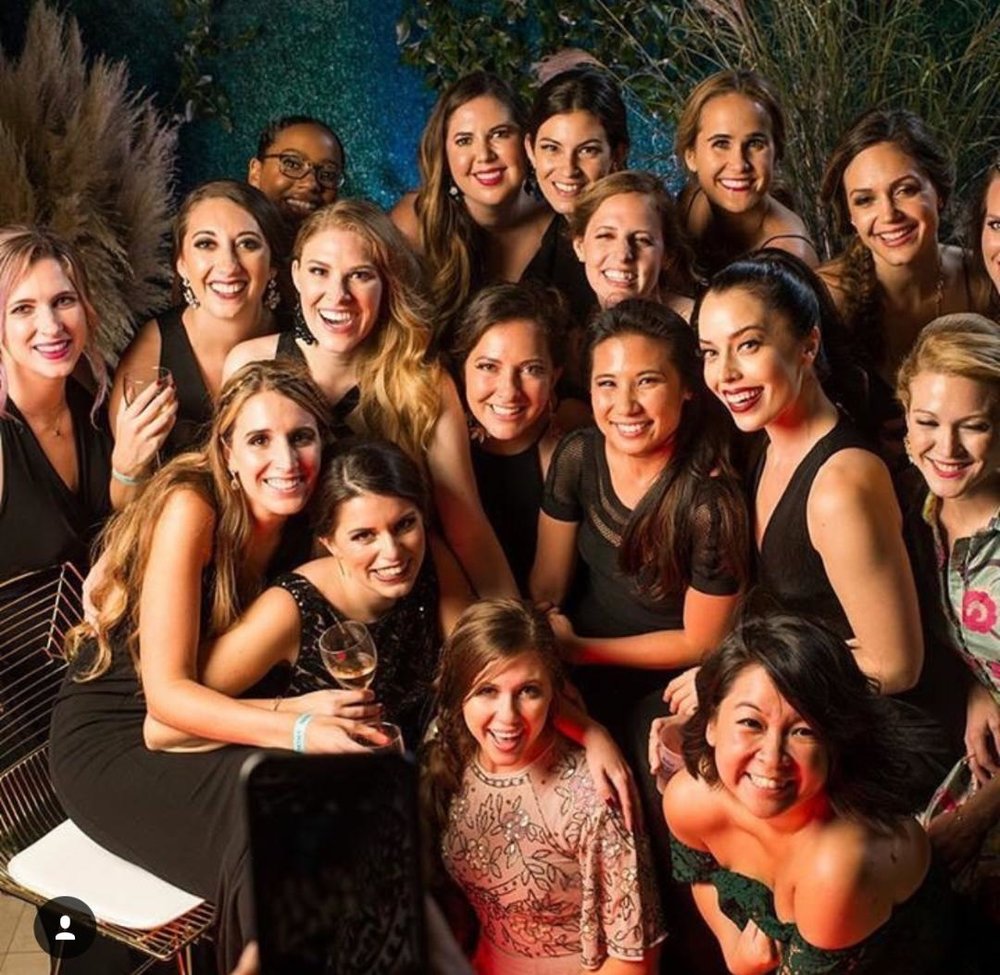
Delia Folk
BY
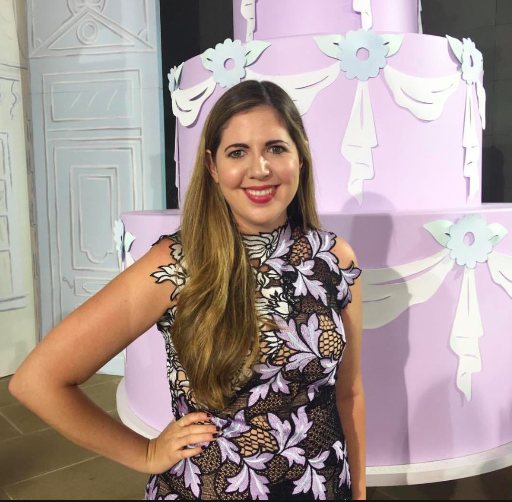
you said: